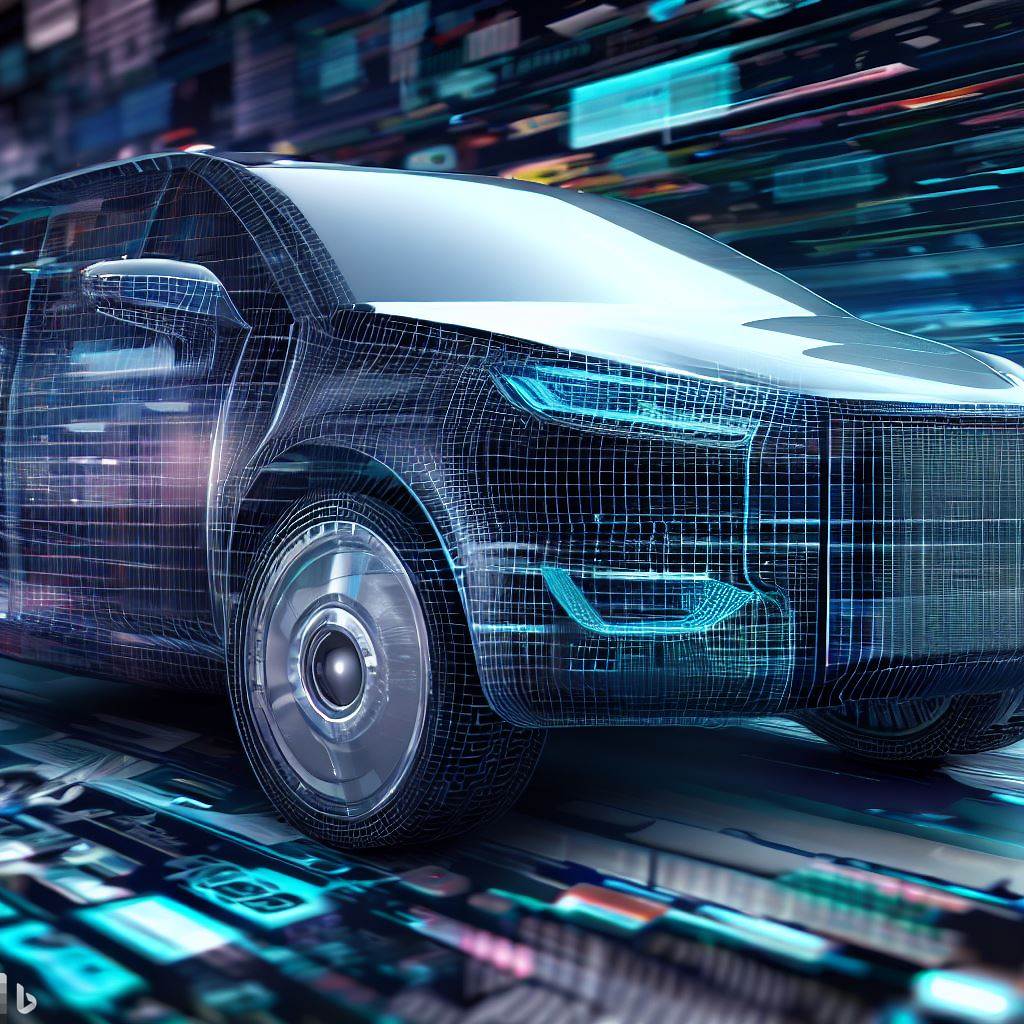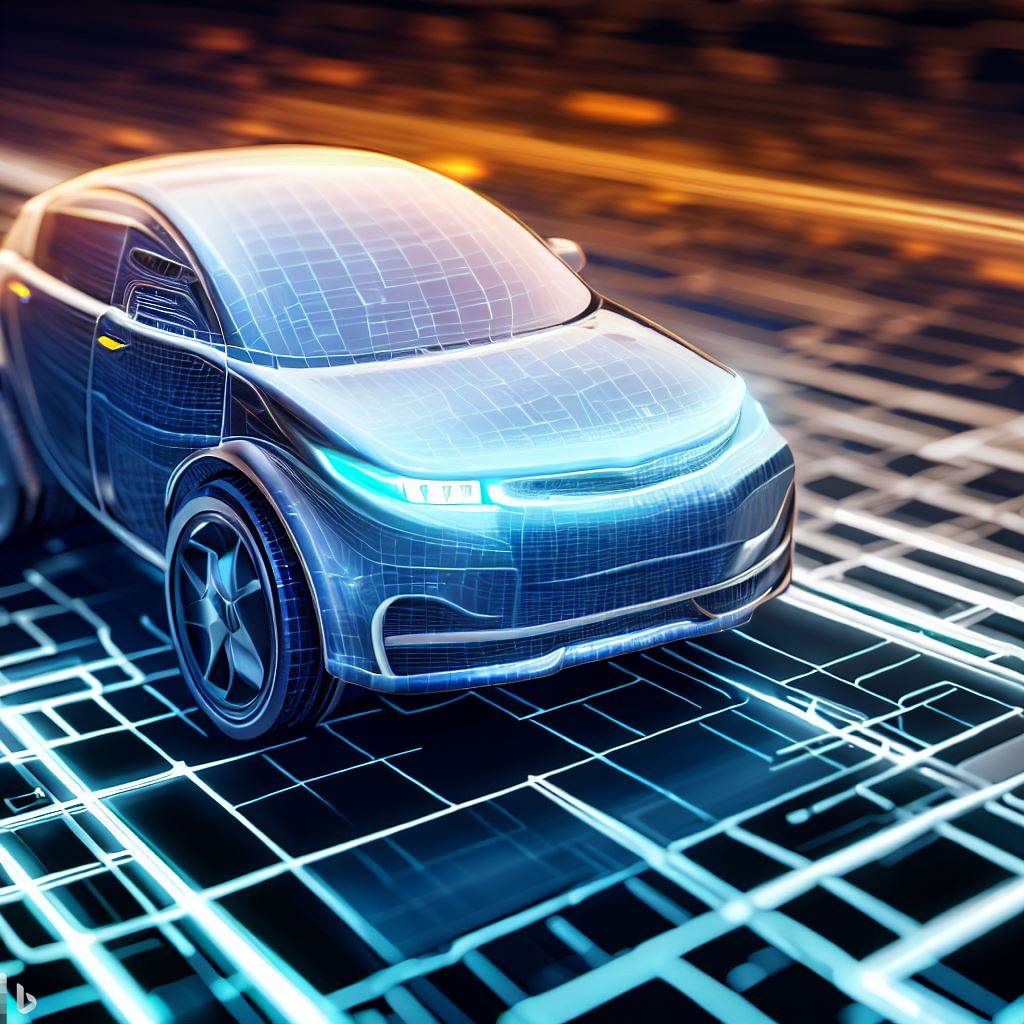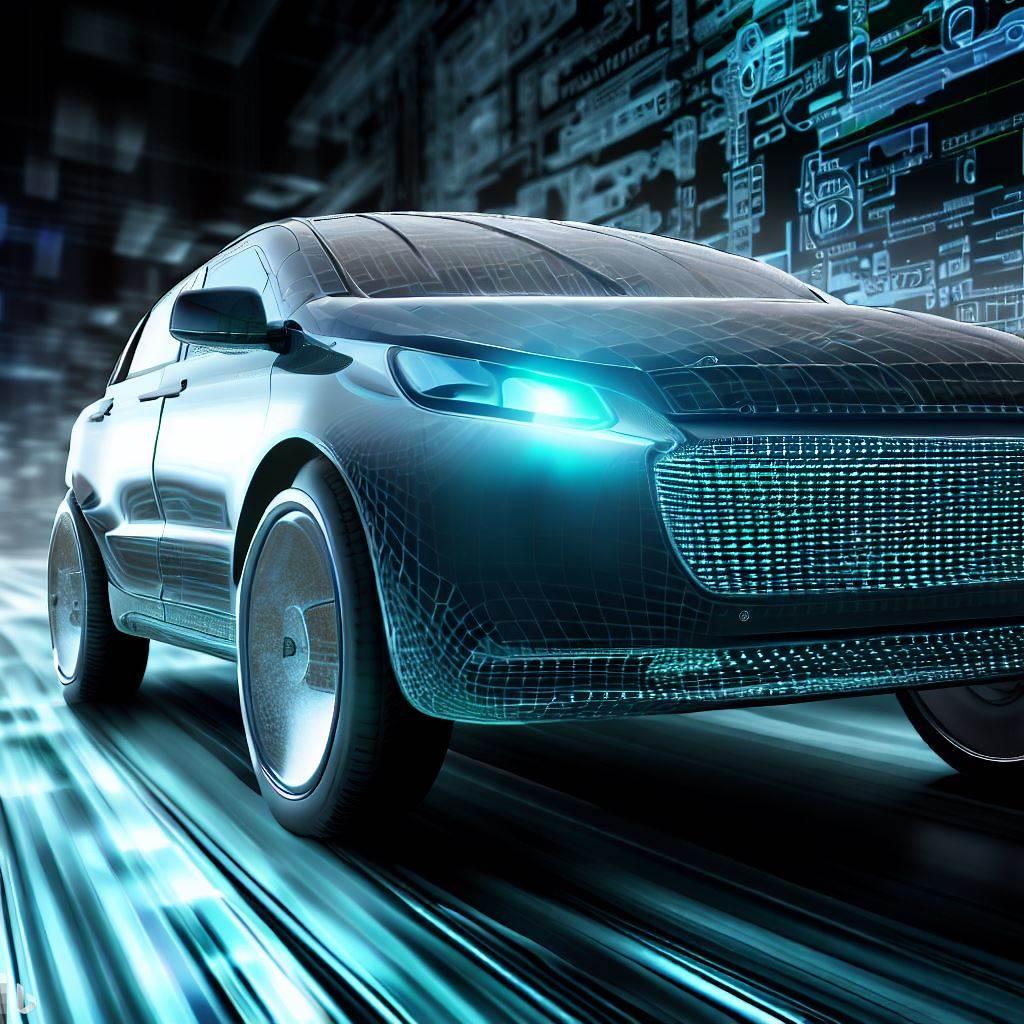What are the benefits of self-driving cars?
Self-driving cars, also known as autonomous vehicles, have the potential to revolutionize transportation and offer numerous benefits. Here are some of the key advantages of self-driving cars:

1. Improved Safety: One of the primary benefits of self-driving cars is the potential to significantly enhance road safety. The majority of accidents are caused by human error, such as distracted driving, speeding, or impaired driving. Autonomous vehicles rely on advanced technologies like sensors, cameras, and artificial intelligence to navigate the roads and react to their surroundings, potentially reducing human-related errors and minimizing accidents.
1. Reduced Traffic Congestion: Self-driving cars have the potential to mitigate traffic congestion issues. Autonomous vehicles can communicate with each other and the surrounding infrastructure, optimizing traffic flow and reducing bottlenecks. They can coordinate their movements, maintain consistent speeds, and follow optimal routes, leading to smoother traffic patterns and decreased congestion.
1. Increased Mobility for All: Self-driving cars have the potential to improve mobility for individuals who are unable to drive due to age, disability, or other reasons. Autonomous vehicles can provide transportation options for the elderly, disabled individuals, and those who are unable to access traditional transportation services, thereby increasing their independence and quality of life.
1. Enhanced Efficiency and Fuel Economy: Autonomous vehicles can contribute to improved fuel efficiency. Self-driving cars have the capability to optimize speed, acceleration, and braking patterns, reducing fuel consumption and emissions. They can also take more efficient routes, considering real-time traffic conditions, further enhancing fuel economy.
1. Time Savings: With self-driving cars, commuters can utilize their travel time more effectively. Instead of focusing on driving, occupants can engage in other tasks such as working, reading, or relaxing, making better use of their time spent on the road. This can lead to increased productivity and a more enjoyable travel experience.
1. Improved Traffic Management: Autonomous vehicles can assist in managing traffic by providing real-time data on road conditions, congestion levels, and accidents. This information can be utilized to optimize traffic management strategies, such as adjusting traffic light timings or rerouting vehicles, leading to more efficient transportation systems.
1. Parking Optimization: Self-driving cars have the potential to optimize parking space utilization. They can drop off passengers and then park themselves in designated areas, utilizing space more efficiently. This can help reduce the need for large parking lots and alleviate parking-related issues in urban areas.
1. Environmental Benefits: Autonomous vehicles have the potential to contribute to environmental sustainability. By optimizing driving patterns, reducing traffic congestion, and improving fuel efficiency, self-driving cars can help lower greenhouse gas emissions and improve air quality, leading to a more sustainable transportation system.
1. Improved Accessibility: Self-driving cars can enhance transportation accessibility in rural areas or underserved communities where public transportation options are limited. Autonomous vehicles can provide on-demand, point-to-point transportation, bridging the gap between urban and rural areas and increasing accessibility for all.
While self-driving cars offer numerous benefits, it is important to address challenges such as legal and regulatory frameworks, cybersecurity concerns, and public acceptance. However, as technology continues to advance and these challenges are overcome, the potential advantages of self-driving cars are expected to have a transformative impact on transportation systems worldwide.

What are some of the challenges that need to be addressed for self-driving cars to become more widespread?
While self-driving cars hold great promise, there are several challenges that need to be addressed for their widespread adoption. Here are some key challenges:
1. Safety and Liability: Safety remains a critical concern for self-driving cars. Despite advancements in technology, there is a need to ensure that autonomous vehicles can navigate complex and unpredictable situations accurately. Establishing liability in the event of accidents involving self-driving cars is also a challenge, as it raises questions about who is responsible—the vehicle manufacturer, the software developer, or the human operator.
1. Legal and Regulatory Frameworks: The legal and regulatory frameworks governing self-driving cars are still in the early stages of development. There is a need for clear guidelines and standards regarding licensing, insurance, data privacy, cybersecurity, and liability. Governments and regulatory bodies need to establish comprehensive and consistent rules to govern the operation and deployment of autonomous vehicles.
1. Cybersecurity: With increased connectivity and reliance on advanced technologies, self-driving cars are vulnerable to cybersecurity threats. Hackers targeting autonomous vehicles could potentially gain control over the vehicle’s systems, leading to dangerous situations. Robust cybersecurity measures need to be implemented to protect against unauthorized access and ensure the integrity and safety of self-driving cars.
1. Public Acceptance and Trust: Widespread acceptance and trust in self-driving cars among the general public are crucial for their successful adoption. Many people still have concerns about the safety and reliability of autonomous vehicles. Addressing these concerns through public awareness campaigns, education, and transparent communication about the technology’s benefits and limitations is essential to gain public confidence.
1. Ethical Considerations: Self-driving cars raise complex ethical dilemmas. For example, in situations where an accident is unavoidable, how should the vehicle prioritize the safety of its occupants versus the safety of others? Developing ethical frameworks and algorithms that align with societal values is essential to address these ethical challenges.
1. Infrastructure Readiness: The widespread deployment of self-driving cars requires significant infrastructure improvements. Roads and traffic infrastructure need to be equipped with technologies that support communication between autonomous vehicles and the surrounding environment. Upgrading existing infrastructure to accommodate self-driving cars, including infrastructure for charging electric autonomous vehicles, is a crucial step.
1. Interoperability and Standardization: Ensuring interoperability and standardization across different self-driving car technologies and manufacturers is vital for seamless integration and widespread adoption. Common technical standards for communication, data sharing, and compatibility are needed to facilitate cooperation between autonomous vehicles from different manufacturers.
1. Economic Impact and Job Displacement: The widespread adoption of self-driving cars may lead to job displacement in sectors such as transportation, logistics, and ride-hailing services. Preparing for the economic impact of autonomous vehicles, including potential job losses, and implementing strategies to reskill and retrain affected workers are important considerations.

1. Environmental Impact: While self-driving cars have the potential to improve fuel efficiency and reduce emissions, there are also concerns about their environmental impact. The manufacturing and maintenance of autonomous vehicles, as well as increased vehicle miles traveled due to reduced travel costs, could potentially offset some of the environmental benefits. Balancing the environmental impact of self-driving cars requires comprehensive planning and sustainable practices.
Addressing these challenges requires collaboration between technology developers, policymakers, regulatory bodies, and the public. Overcoming these hurdles will pave the way for the safe and widespread adoption of self-driving cars, unlocking their potential to transform transportation systems and improve mobility.

